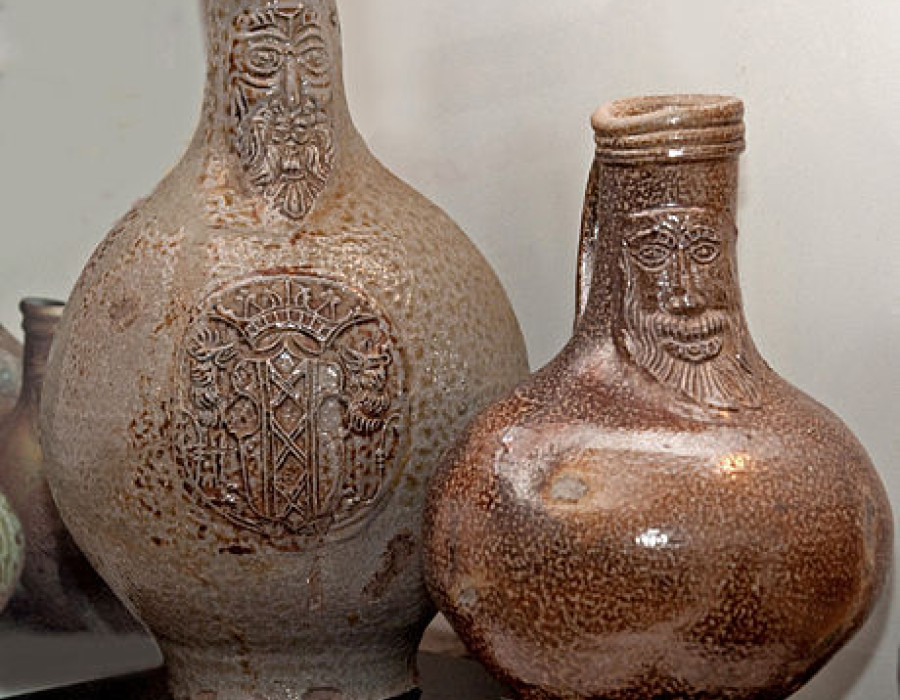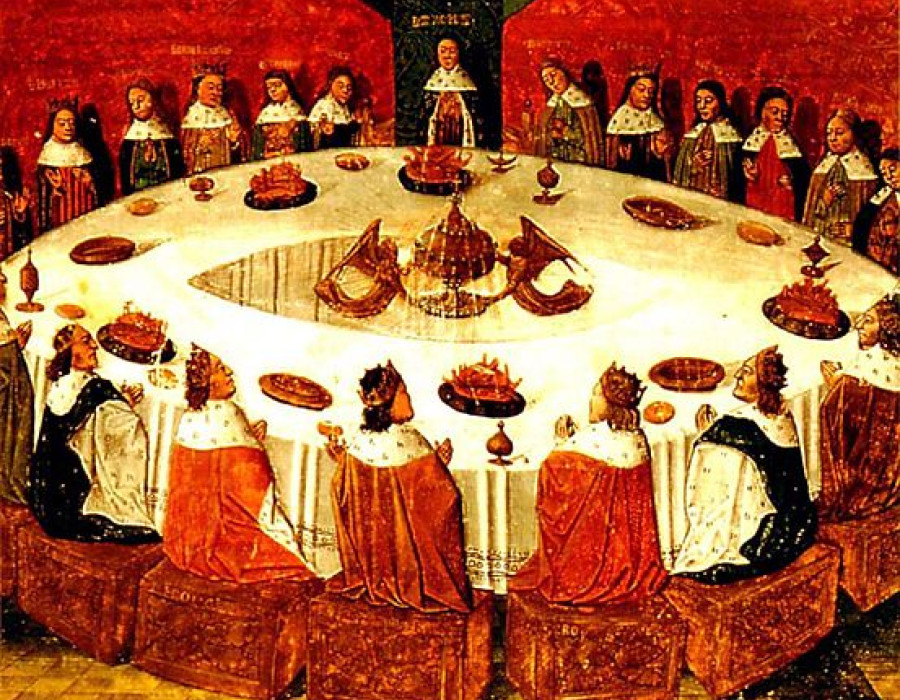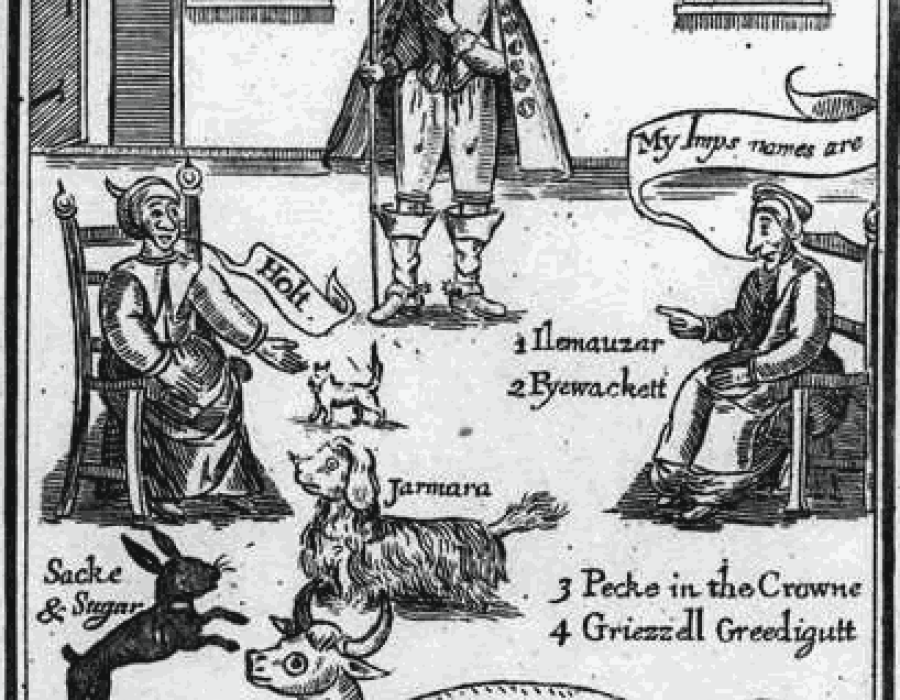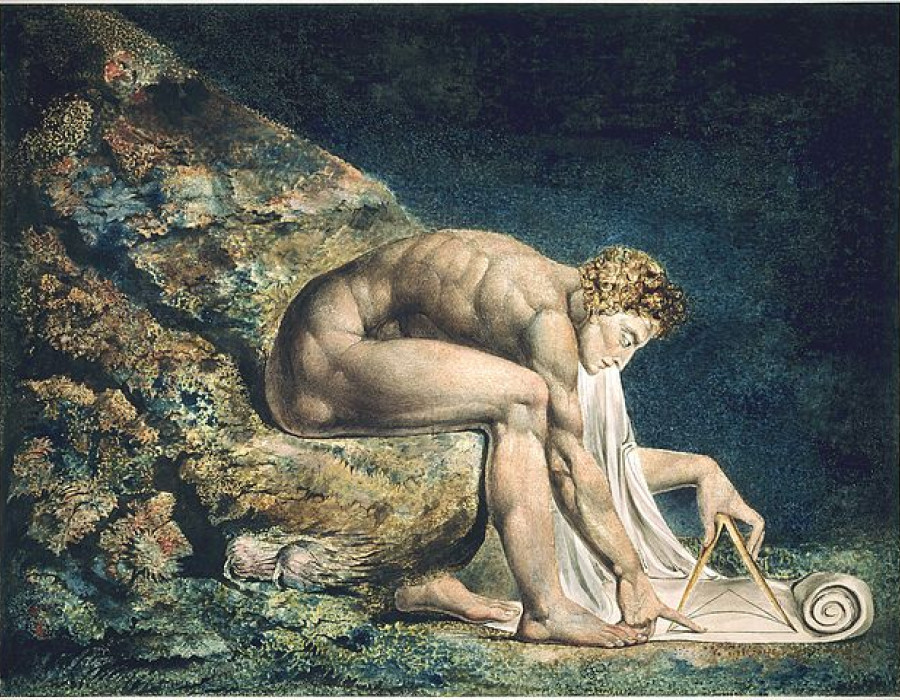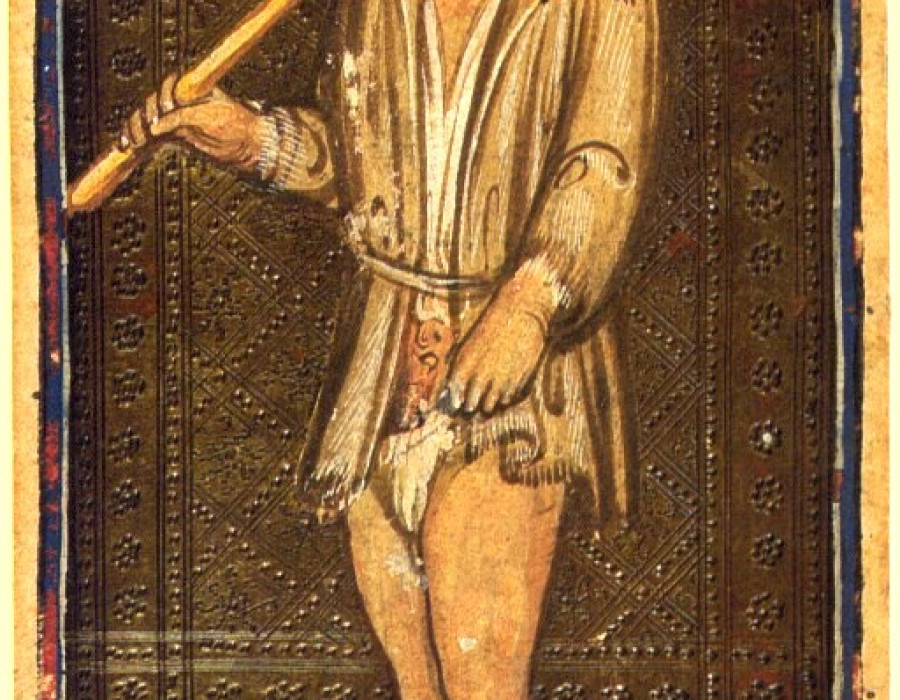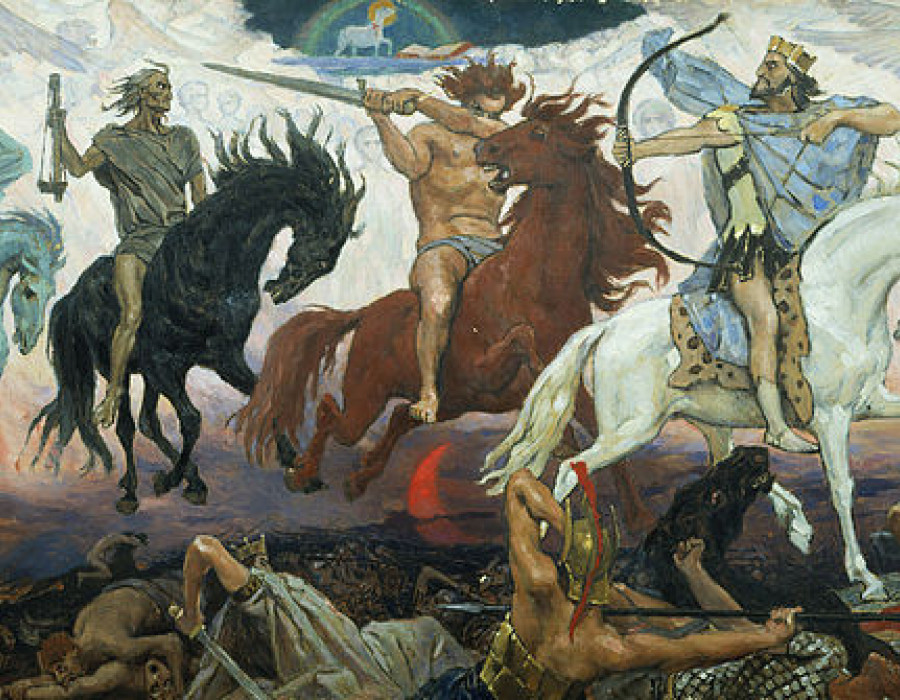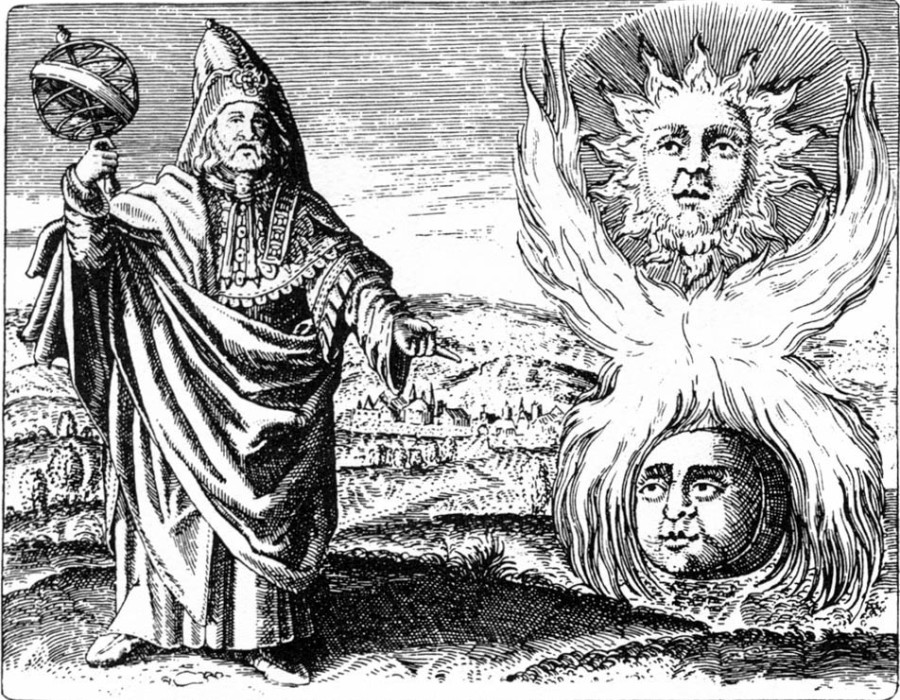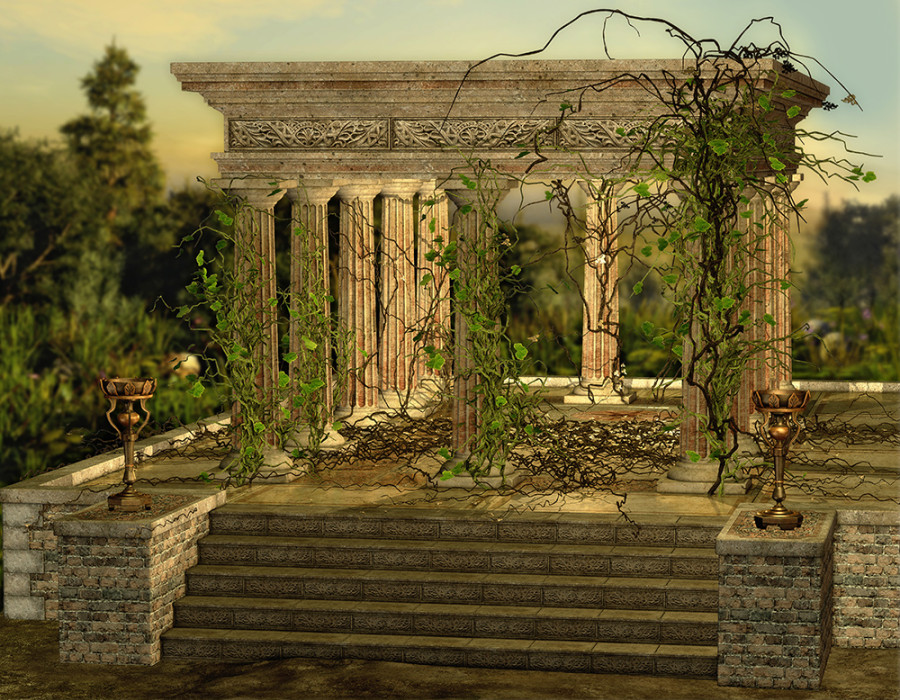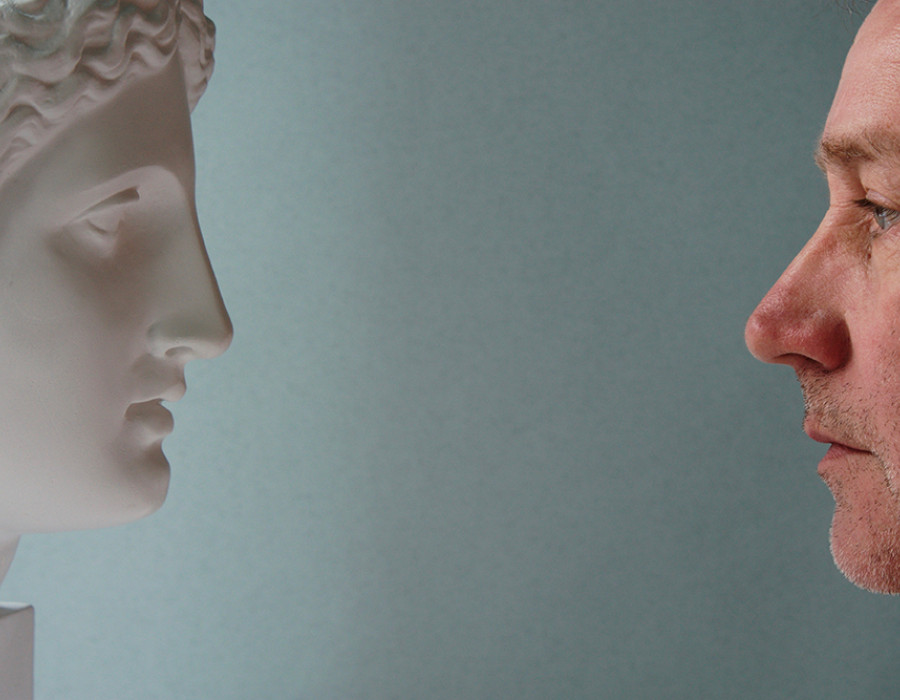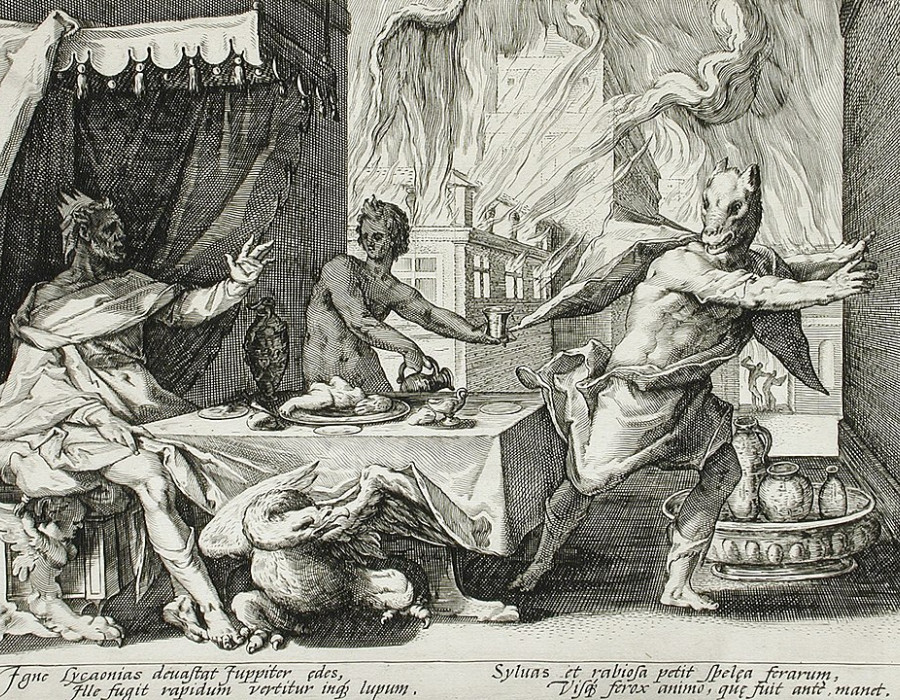
Martin Goodson
William Blake and the Mind-made Worlds of Mahayana Buddhism
The Alchemy of Transformation
Parallels to the Yogacara teaching on 'Mind-only' or 'consciousness-only' as the basis of reality exist in the writings of William Blake as well as in some of the 'New Thought' movement; although directed to quite different ends.
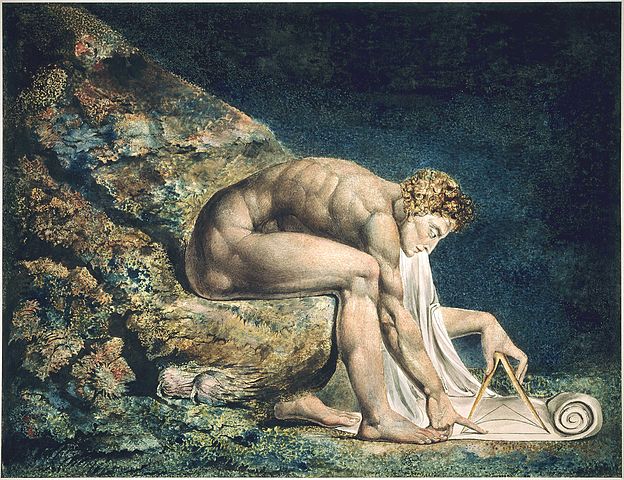
Newton by William Blake
By William Blake - The William Blake Archive, Public Domain, https://commons.wikimedia.org/w/index.php?curid=198284
“‘What,’ it will be Questioned, ‘when the Sun rises, do you not see a round Disk of fire somewhat like a Guinea?’ O no, no, I see an Innumerable company of the Heavenly host crying ‘Holy, Holy, Holy is the Lord God Almighty.’ I question not my Corporeal or Vegetative Eye any more than I would Question a Window concerning a Sight: I look thro it & not with it.”
William Blake, “A Vision of the Last Judgment”
In one of his sermons, Zen Master Rinzai asks his monks – rhetorically – what supernormal powers they think the Buddha might possess. The monks were, of course, fully conversant with the contents of the sutras, particularly those of the Mahayana – despite a misconception in our own time that Zen eschews the Buddhist Scriptures.
Anyone who has looked into the likes of the Lotus, Vimalakirti or Avatamsaka sutras will be aware of their fantastic quality and miraculous stories. In the first chapter of the Lotus sutra, to the delight of the assembly, the Buddha emits a ray of light from between his eyebrows that illuminates multiple world systems.
In the Vimalakirti sutra, during a discussion about how bodhisattvas purify the so-called Buddha-fields, the Buddha extends his big toe, touching the ground. This gesture transforms the world into a jewelled wonder, astounding Sariputra, who has been complaining about how awful and unpleasant the world is. In another part of this sutra, when 500 bodhisattvas each offer their parasol to the Buddha, he transforms them all into a single, mighty parasol that reflects the entire ‘billion-world’ universe in its interior.
However, Rinzai says that the miracles and magical powers described in these sutras are not representative of the Buddha’s real supernormal powers. The real ones, he says, are the ability to look through the eye and not be deceived by forms and colours; to hear through the ear and not to be deceived by sounds … and so on. He lists each of the senses in this way, ending with the mind, and the power to not be deceived by mental configurations.
The development of Mahayana Buddhism saw a number of important doctrines come into play. Two schools dominated, each arising in India during the first centuries ce: the Madhyamika school, originated by the sage Nagarjuna, which developed the doctrine of sunyata – emptiness, and the Yogacara school, which introduced several teachings and, perhaps most notably, expanded the concept of Mind.
The early Buddhist teachings laid out the schema of the eighteen dhatus, whereby the six senses (the five physical ones plus the cognising sense that perceives mental objects), the objects of sense and the allied consciousness (seeing, hearing, cognising, etc.) form an interdependent whole.
This schema does two things. It makes the elements of the ‘objective’ world, ‘subjective’ experience and the ‘mediating sense function’ co-dependent. This is a pre-Cartesian worldview whereby there is no independent reality apart from sense and cognition. The second effect is to release Mind from belonging to anyone, or being in any one place (such as inside the skull).
The Yogacara innovation was to make Mind the sole agent of causation for all phenomena, whether physical or mental – everything was ‘in Mind’ and not Mind-in-us. This conceptualisation gave way to the ‘Mind-only’ school of Yogacara Buddhism, which had a powerful influence on the Zen schools.
The visionary poet and artist William Blake (d. 1827) wrote about two ways of seeing: the ordinary way, which he calls seeing with the “vegetative eye”, and the other way, which sees “thro”, from “the disk of the sun” to “the Heavenly host crying, ‘Holy, Holy, Holy’…”. For Blake, perception was an imaginative act – that is, the role of imagination was supreme. What he called “Newton’s sleep”, the empirical view, was just another act of imagining the world that sought to accrue to itself the hegemony of truth; Blake strove against this seizure in his poetry and writings. By placing imagination in the role of creator of worlds, Blake came close to the insights of the Yogacarins one and a half millennia earlier and halfway around the globe.
This ability to see “thro” to the truth was prefigured in doctrines developed in Egypt by the Gnostics during the early centuries of the first millennium. The teachings labelled as Gnosticism cover many different concepts, and were influenced by early Christian, Hellenic and Judaic thought. One of its key concepts is that reality as it appears is false, created and administered by a group of deceiving spiritual beings called ‘archons’. The archons use human desire for the world of appearances to subjugate humanity, keeping us ignorant of the truth. The task of a Gnostic was to see through archonic deception and awaken to the truth (gnosis).
The notion that we are being deceived by powerful elites who actively seek to blind and enslave the populace by generating mind-made fears and desires is one with much currency today, and not just with fringe conspiracy theorists. (It is almost certainly why the Matrix film franchise caught the popular imagination.) These ideas all have in common a reliance on the primacy of Mind, or on Mind-functions such as acts of imagination and belief.
The creative function of systems of thought and belief is the central tenet of the ‘New Thought’ movement, which the writer Mitch Horowitz calls a distinctly American form of spirituality. It considers thought as having agency through acts of imagination, and is an idea connected predominantly with New Age beliefs; however, it has a lineage going back to Ralph Waldo Emerson, and was the subject of The Power of Positive Thinking, a bestseller in the 1950s (and still today) by Norman Vincent Peale.
Peale was a minister at Marble Collegiate Church in New York City, to which Donald Trump was taken, as a child, by his parents. The current US president has repeatedly named Peale as a formative influence. In his book Dark Star Rising, Gary Lachman investigates the influence of esoteric and occult ideas in American politics, and notes that Donald Trump is a New Thought practitioner himself.
New Thought may be seen as a technological application of the spiritual insights of the Gnostics, paralleled by the Yogacarins in India. Instead of seeing through the delusion, it seeks to create it in its own desired way. This manipulation by archonic New Thought practitioners may also explain some of President Trump’s bizarre comments. When people mock him for telling outright untruths – declaring, for example, that his inauguration attracted the largest crowd of any of his predecessors’, or extolling his prowess in government above all other US presidents – it may be that he is simply ‘conjuring’ a world in which he wishes both himself and us to live. In short, he may believe that he can use his thoughts to influence Mind and create the world of his desires. This, of course, is only speculation, but it is intriguing to consider that despite the Western consensus on a separate objective world apart from subjective minds, people in power may subscribe to a different worldview – an archonic view.
What is more, although his critics have been quick to mock him, Trump’s political ascendency defied the expectations of most commentators and even of his own party. In addition, his rivals and enemies cannot make anything stick to him. When all is said and done, he appears to have an awful lot of what looks like luck on his side …





